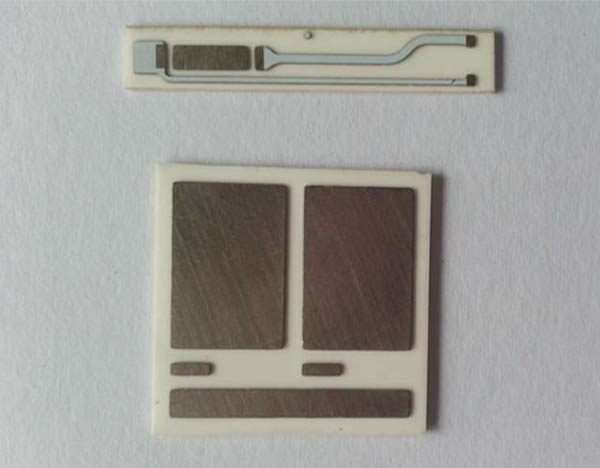The construction of a PCB ceramic cap consists of a ceramic disc or a multilayer ceramic chip
PCB ceramic cap, also known as a ceramic capacitor, is an electronic component
used in printed circuit boards (PCBs) for various applications. It is a type of capacitor
that utilizes ceramic as the dielectric material. This dielectric material is sandwiched
between two metal plates, known as electrodes, to form the capacitor.
Ceramic capacitors are widely used in electronic circuits due to their compact size,
low cost, and excellent electrical properties. They are available in a wide range of
capacitance values, voltage ratings, and tolerances, making them suitable for various
applications in different industries.
The construction of a PCB ceramic cap consists of a ceramic disc or a multilayer
ceramic chip. The ceramic material used in these capacitors is typically made of
a combination of barium titanate (BaTiO3) or other similar materials. These ceramics
have high dielectric constants, allowing for high capacitance values in a small physical size.

One of the key advantages of PCB ceramic caps is their high capacitance density.
They can provide a high capacitance value in a small package size, which is crucial
for miniaturized electronic devices. This makes them ideal for applications where space
is limited, such as mobile phones, laptops, and other portable electronic devices.
Another important characteristic of PCB ceramic caps is their low equivalent series
resistance (ESR) and equivalent series inductance (ESL). ESR refers to the resistance
encountered by the capacitor when an alternating current (AC) signal is applied. A low
ESR value ensures that the capacitor can effectively filter out high-frequency noise and
provide stable power supply decoupling. ESL, on the other hand, refers to the inductance
of the capacitor, which can affect its performance at high frequencies. Ceramic capacitors
have low ESL values, making them suitable for high-frequency applications.
PCB ceramic caps also exhibit excellent temperature stability. They have a low
temperature coefficient of capacitance (TCC), meaning that their capacitance value
does not vary significantly with temperature changes. This stability is crucial for
applications that operate in a wide temperature range, such as automotive electronics
and industrial control systems.
Furthermore, PCB ceramic caps have a high voltage rating, allowing them to handle
high voltage levels without breakdown. This makes them suitable for applications that
require high voltage filtering or energy storage, such as power supplies and motor drives.
In terms of manufacturing, PCB ceramic caps are fabricated using advanced ceramic
processing techniques. The ceramic material is first formed into a desired shape, either
\as a disc or a multilayer chip. The electrodes are then applied to the ceramic material
using various methods, such as screen printing or sputtering. Finally, the assembled
capacitors undergo a firing process to achieve the desired electrical properties.
It is worth mentioning that PCB ceramic caps also have some limitations. One limitation
is their relatively lower capacitance value compared to other types of capacitors, such
as electrolytic capacitors. This can restrict their use in applications that require very high capacitance values.
Additionally, ceramic capacitors can exhibit a phenomenon called piezoelectric effect.
This effect occurs when a mechanical stress is applied to the ceramic material, causing
it to generate an electric charge. In certain applications, such as high-vibration environments,
this effect can introduce unwanted noise or interference.
In conclusion, PCB ceramic caps are essential components in electronic circuits due to their
compact size, low cost, and excellent electrical properties. They provide high capacitance
density, low ESR and ESL, temperature stability, and high voltage rating. However, their
relatively lower capacitance value and susceptibility to the piezoelectric effect should be
considered when selecting them for specific applications.
PCB copy board method and steps
Other PCB products, you may interesting









